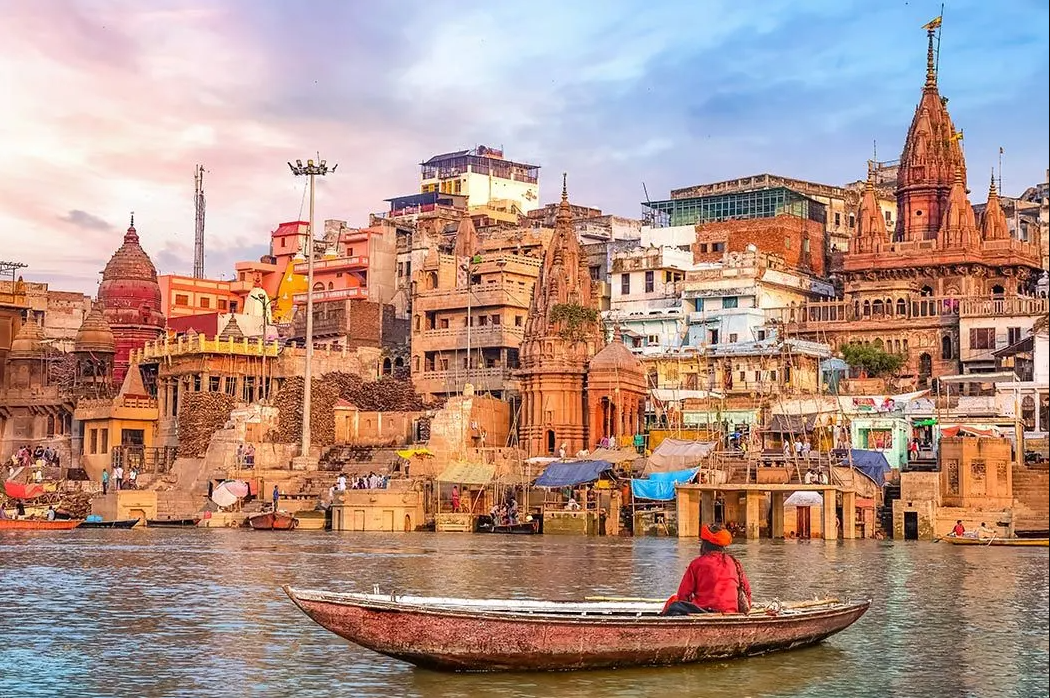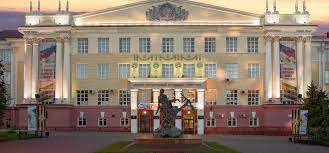
Introduction: A Tale of Two Civilizations
Varanasi, also known as Kashi, is not only one of the oldest living cities in the world but also a beacon of spiritual and philosophical thought. Russia, with its own deep-rooted cultural and intellectual traditions, found in Varanasi a city that resonated with its seekers and scholars. Though vastly different in geography and climate, Russia and Varanasi share an unexpected historical and spiritual connection.
Historical Glimpses: Russian Curiosity for the East
In the 18th and 19th centuries, a surge of interest in Eastern philosophies swept through Russia. Intellectuals and mystics sought deeper understanding beyond the confines of the Orthodox Church and Western rationalism. The mystical traditions of India, especially those centered in Varanasi, caught their attention. Russian explorers, philosophers, and artists viewed Varanasi as a gateway to India’s ancient wisdom.
Notable Figures: Nicholas Roerich and the Spiritual Path
Nicholas Roerich, a renowned Russian painter and philosopher, although not directly residing in Varanasi, was deeply influenced by Indian spirituality. His paintings reflected Indian themes, and his philosophical writings often aligned with Vedantic thought. Varanasi's role as a center of learning and sacred ritual was well known to him and to his followers in Russia.
Academic Bridges: Banaras Hindu University and Russian Scholars
During the Soviet era, the study of Indian languages and philosophy became more prominent in Russia. Scholars from Leningrad and Moscow visited India, particularly Banaras Hindu University (BHU), to deepen their understanding of Sanskrit, Vedas, and Indian culture. Similarly, Indian scholars engaged with Russian academics in cultural and linguistic exchange, many of whom described their visit to Varanasi as transformative.
Cultural and Spiritual Tourism Today
Today, Varanasi continues to attract Russian visitors — yoga practitioners, photographers, artists, and spiritual seekers. Temples, ashrams, and even Ganga aarti ceremonies see regular participation from Russian tourists, some of whom stay for extended periods to study Hindu philosophy or practice meditation. Cultural delegations and student exchanges also keep this connection alive.
Conclusion: A Timeless Link Between Hearts and Minds
While Russia and Varanasi might seem like unlikely companions in history, the threads of curiosity, philosophy, and spirituality have long connected them. These interactions, though not always widely known, show the universal nature of human exploration — a quest for truth, beauty, and meaning that transcends borders. As both places continue to evolve, their shared historical resonance remains a reminder of the unexpected ways cultures connect.

You must be logged in to post a comment.